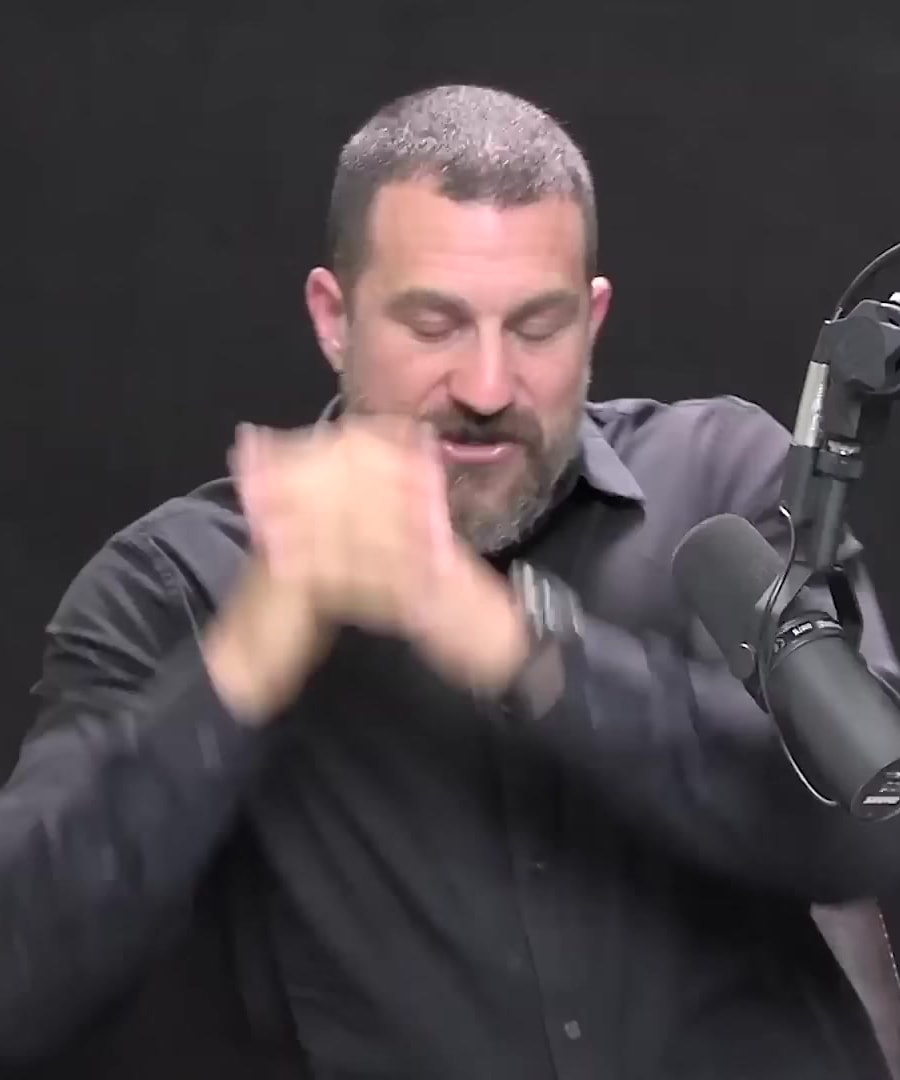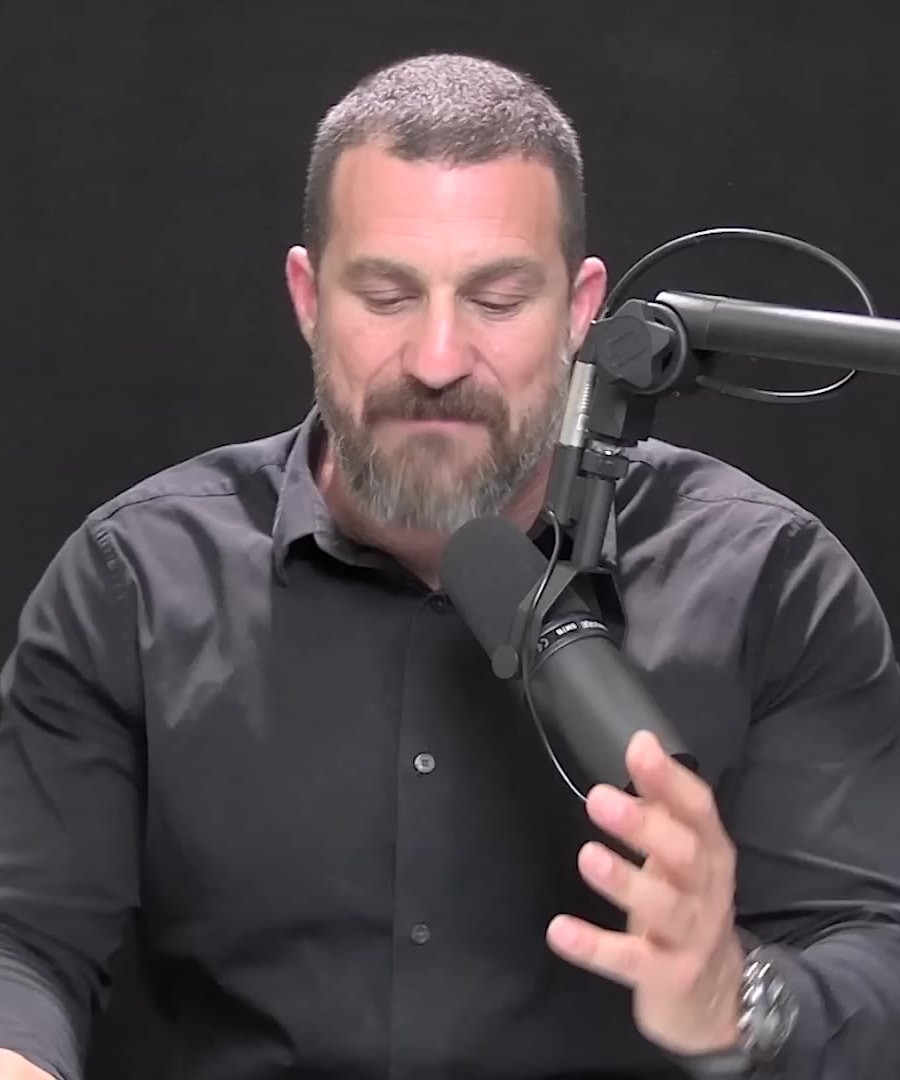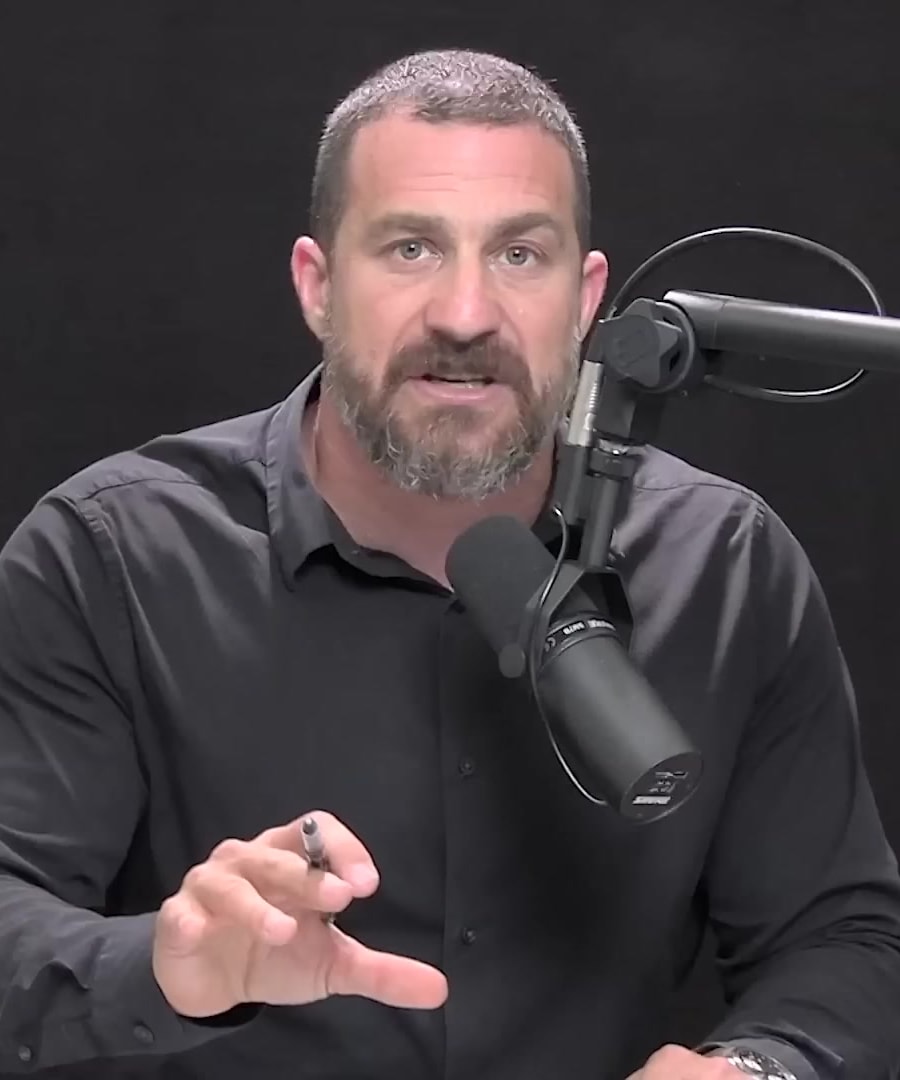How does muscle flexibility work?
Sources:
Muscle flexibility involves a combination of neural, muscular, and connective tissue adaptations. When stretching, one does not simply "lengthen" the muscles; rather, changes occur within the muscles and the confirmation of their components like sarcomeres (the basic units of muscle fibers), myosin, and actin. Over time, through consistent stretching protocols, these elements may alter their configuration to allow for a greater range of motion. Additionally, muscle and connective tissue are both influenced genetically, affecting the natural length and flexibility of different individuals' muscles. 1
Stretching affects the neuromuscular system by also manipulating neural signals. Certain neural mechanisms, known as spindles, prevent muscles from stretching too far, which could lead to injury. Flexibility can be immediately and significantly enhanced by leveraging these neural controls during stretching, allowing an increase in range of motion over both the short and long term. 2 3
For those interested in actively improving their flexibility, understanding both the macro movements of stretching and the micro adjustments within the muscle fibers and their neurological connections is crucial. also discusses a variety of stretching techniques such as static, dynamic, and proprioceptive neuromuscular facilitation (PNF), which leverage these mechanisms to enhance flexibility and range of motion across different muscle groups. 4
RELATED QUESTIONS



